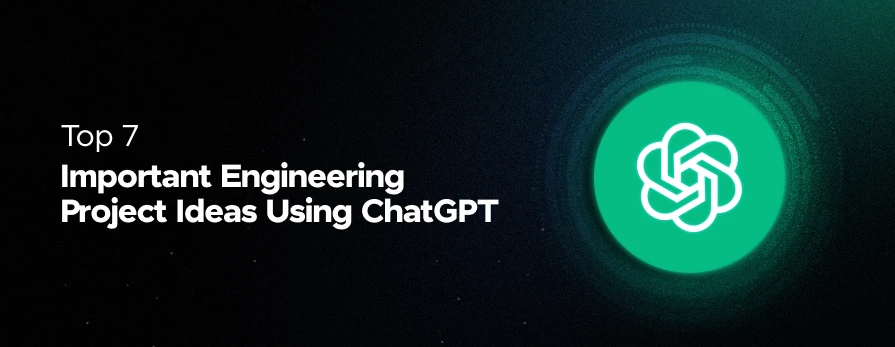
Top 7 Important Engineering Project Ideas Using ChatGPT
Mar 31, 2025 5 Min Read 9127 Views
(Last Updated)
Are you searching for creative engineering project ideas that are built using ChatGPT? Well, you came to the right place!
In this blog, we will see how to integrate ChatGPT into traditional engineering projects and how this AI tool can help create groundbreaking solutions. Whether you’re an expert in computer science or from a non-computer science background, you can build fantastic projects using ChatGPT. This blog will show you the top 7 important engineering project ideas using ChatGPT. Let’s dive into how you can use ChatGPT to take your engineering projects to the next level!
Table of contents
- Why ChatGPT?
- How to Integrate ChatGPT in Engineering Projects?
- 7 Engineering Project Ideas Using ChatGPT
- Code Tutor Using ChatGPT
- Resume Guidance Using ChatGPT
- Automated Documentation Generator
- Language Translator Using ChatGPT
- AI in Healthcare Education Using ChatGPT
- Mental Health Support Chatbot using ChatGPT
- Automated Email Assistant using ChatGPT
- Conclusion
- FAQs
- Q1. Is it necessary to be an expert to integrate ChatGPT into my projects?
- Q2. Can ChatGPT be used for non-software engineering projects?
- Q3. What are some challenges of integrating ChatGPT in engineering projects?
- Q4. Can ChatGPT assist in research and development within engineering fields?
- Q5. How can privacy be ensured when using ChatGPT in engineering projects?
Why ChatGPT?
ChatGPT was released in November 2022 by OpenAI and has quickly become one of the most popular and widely used applications. It is a Large Language Model(LLM) used to generate content in the form of texts. It understands the query input from the user and generates output relevant to the query with the help of Natural Language Processing(NLP).
What’s interesting is how fast ChatGPT received its popularity. Students use this AI tool for research, clarifying their doubts and professors use this AI tool as their teaching assistant to prepare lecture notes for them. People from non-technical backgrounds also started using ChatGPT in their workspace. For example: Artists get painting and storyline inspiration from ChatGPT.
According to OpenAI, ChatGPT is trained up to date with the internet dataset. Most enterprises started to integrate ChatGPT into their workspace for productivity and repetitive tasks. For example: Generating documents and Customer chat support. There are a lot of AI models on the internet, but enterprises go for ChatGPT because of its simplicity and ease of use. Building projects using ChatGPT will boost your profile and make you unique among the other candidates.
How to Integrate ChatGPT in Engineering Projects?

Now, Let’s look into how we can integrate ChatGPT into Engineering Projects. There are a few steps you need to follow before integrating ChatGPT into your projects.
- Research Model Versions
The first step is to research the GPT versions. There are many GPT versions available, according to your project’s size and service you need to choose the version. For example, if you are going to create a chatbot-related project then you should consider using GPT o3-mini. If your project requires a computer vision feature, then consider GPT 4o.
Also, the size of your project matters. If your entire project is solely dependent on GPT then go for larger models that provide a higher context window and larger API calls per second. You can also make use of readymade GPT APIs for chat completion, chat services, assistant APIs and real-time APIs.
- Create an API Key
Once you choose the model and its version, the next step is to create an API key for that model. After the subscription of the specific model, you will be redirected to the page for creating a new API key.
If it didn’t redirect you, then navigate to the OpenAI API page and log in using your credentials. After that go to your personal profile and click the API key section.
Click the create API key button in the right corner of the page and provide the details it requires.
And, that’s all. You’ve created your own API key and you are ready for the next step.
- Implementation
The next step is to integrate the ChatGPT into your project. If you want to use the ChatGPT without any requirements changing, you can simply create an API call in the backend using any server-side programming language such as Node JS, Python or Java. So, when the user inputs the query in the frontend, an API call will trigger in the backend to get the response from the ChatGPT and it will send the response back to the frontend after a successful API call.
Or, if you need the ChatGPT model to generate a response according to some specifications, on your dataset. Then you can fine-tune the model you choose according to your needs and also you can train on your data. This way, the ChatGPT will generate a customized response for your project instead of relying on the globally aware responses.
These are the most effective ways you can integrate ChatGPT into your project.
- Testing
The last step is to test the implementation. Testing is the best way to evaluate a ChatGPT’s performance. After implementing ChatGPT into your project, test the integration using some sample questionnaires and evaluate their performance and response. If it is not responding according to your expectations, there is always a space to fine-tune it further to meet your needs.
If you want to dig deeper into the implementation of the ChatGPT more, you can enroll in Guvi’s short course on ChatGPT for Programmers. This course explained the integration of ChatGPT along with the essential theoretical concepts you need to know. It also provides industry-recognized certifications. After taking this course, you can see yourself building projects on your own without any guidance.
7 Engineering Project Ideas Using ChatGPT
Before starting to build projects, make sure you have a decent understanding of full-stack development and ChatGPT integration knowledge. Now, let’s see the top 7 engineering project ideas using ChatGPT.
1. Code Tutor Using ChatGPT
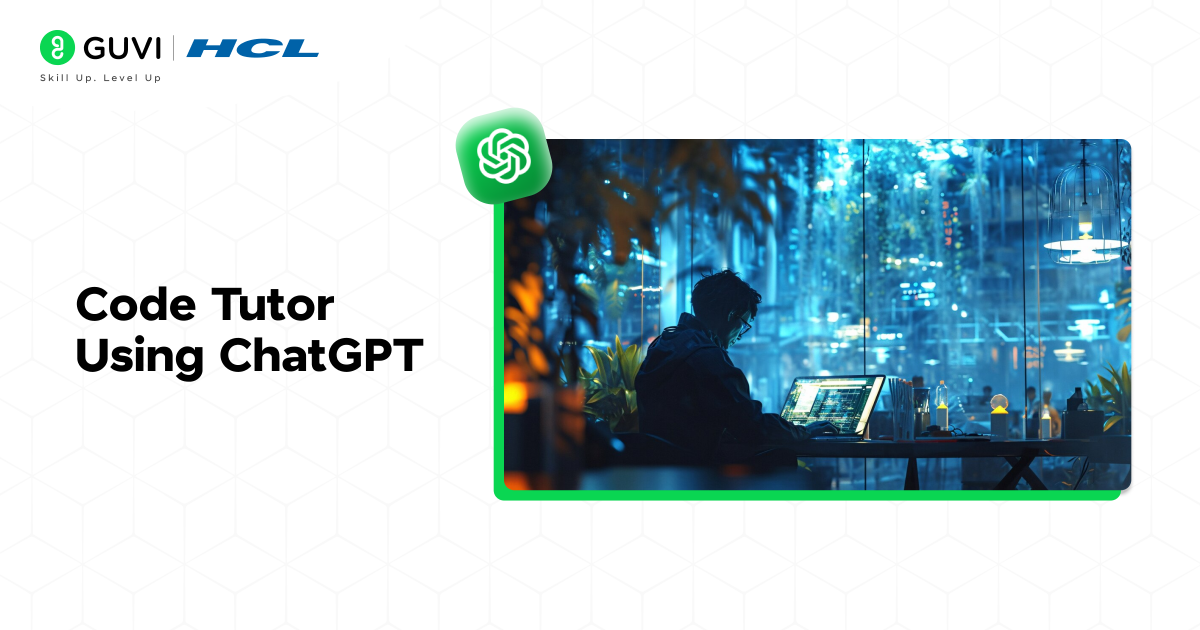
The Code Tutor Using ChatGPT is an interactive application designed to assist students or professionals with programming. It helps students by explaining code, data structures and algorithm concepts, providing examples and debugging the existing code.
Features
The main features of this project include the following:
- This explains the code step-by-step procedure.
- This provides real-time coding assistance and debugging the errors.
- This provides tailored learning paths for different skill levels and coding language preferences.
Technologies Used
- Content Generation: ChatGPT API
- Frontend: HTML, CSS, JavaScript
- Backend: Python, Node.js
- Cloud services: AWS, Azure
2. Resume Guidance Using ChatGPT
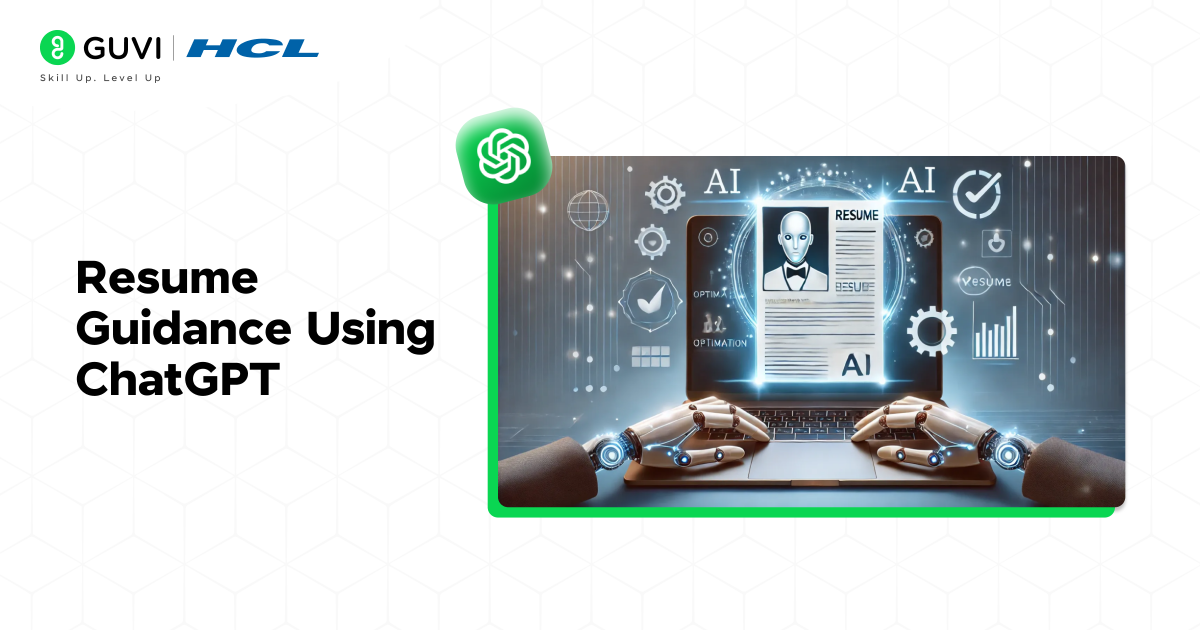
The Resume Guidance Using ChatGPT project helps students or professionals in creating ATS friendly resumes tailored to specific job descriptions. By analyzing the applicant’s work experience, skills, and achievements, ChatGPT provides feedback on improving resume content, format, and relevance. It can also suggest actionable improvements and help craft compelling summaries or objectives for resumes.
Features
The common features this project includes are:
- It automatically analyzes resume content and format.
- It tailors tips for improving resumes according to relevance for the job.
- It assists in highlighting key skills and experiences.
- It provides suggestions for optimized keywords to make it ATS-friendly.
Technologies Used
- Content Analysis: ChatGPT API
- Frontend: HTML, CSS, JavaScript
- Backend: Node.js, Python
- Database: MongoDB
3. Automated Documentation Generator
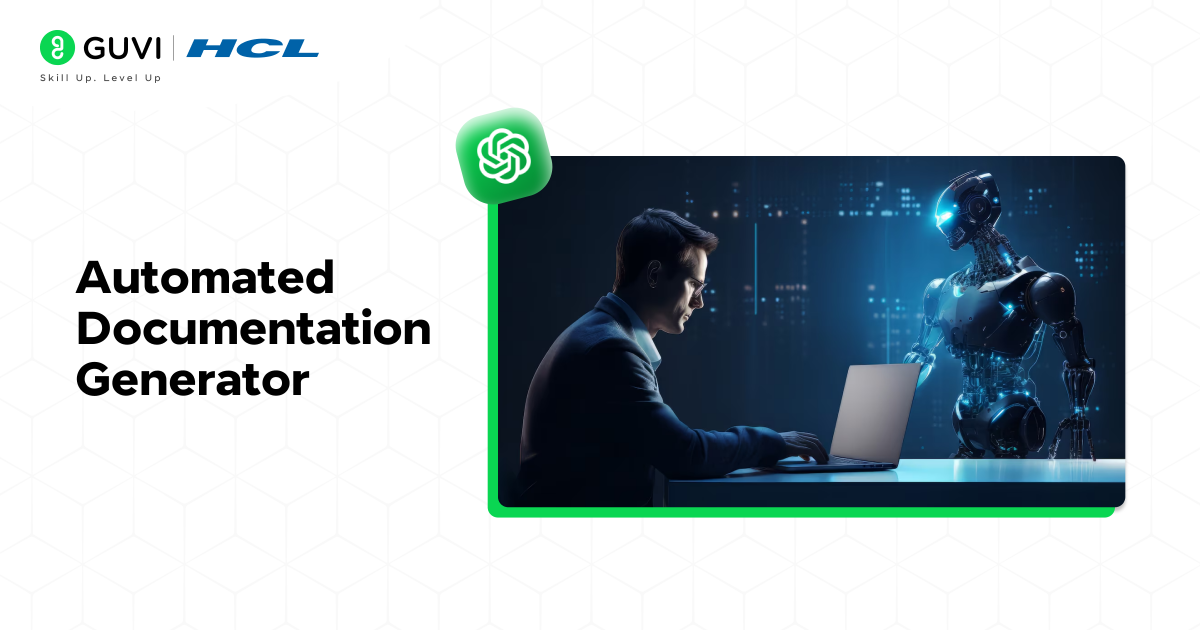
The Automated Documentation Generator project is a tool that automatically generates technical documentation based on project data and code. It generates clear and accurate documentation for APIs, applications and specifications. With the help of ChatGPT, it will save developers time and effort to interpret the code, and project files to write technical documentation.
Features
The features of this tool include the following to generate concise documentation.
- It automatically generates API documentation, user manuals, or system specifications.
- It clearly provides explanations of code functionalities.
- It also includes diagrams for documentation for better understanding.
- We can customize the formats and edit accordingly.
Technologies Used
- Content Generation: ChatGPT API
- Frontend: React.js, Angular
- Backend: Python, Node.js
- Deployment: Docker, Kubernetes
4. Language Translator Using ChatGPT
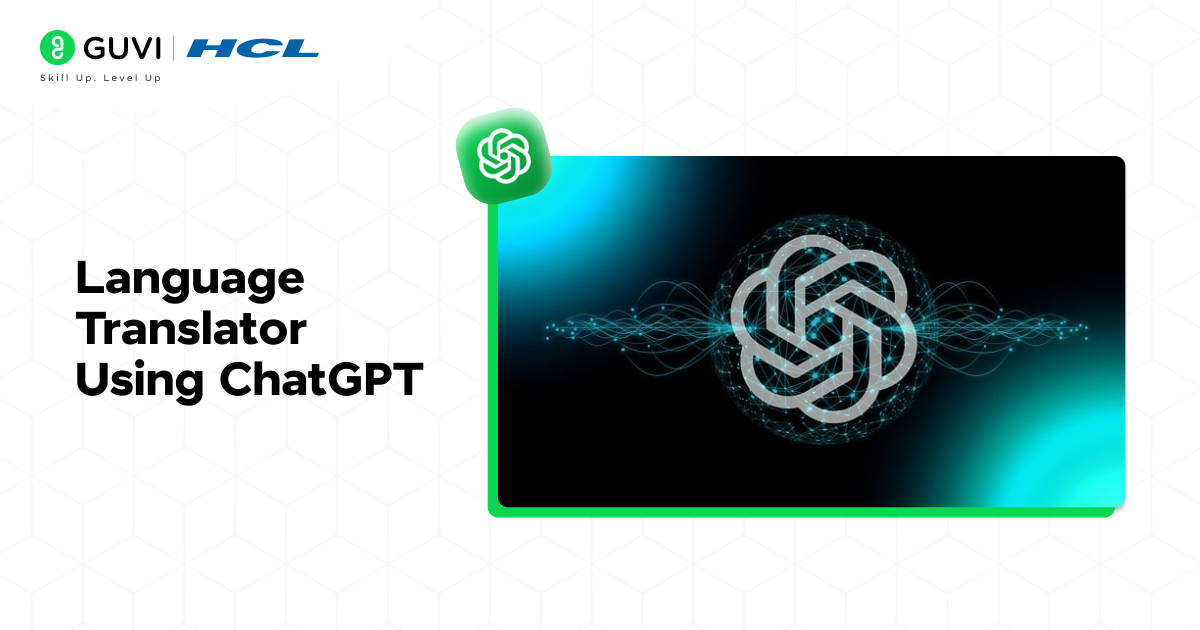
The Language Translator Using ChatGPT project utilizes the power of ChatGPT to translate text between different languages. The traditional translation tools use word-for-word translation methods. But, with the help of ChatGPT it contextual translations, ensure that idioms, nuances, and phrases are accurately interpreted.
Features
- It provides contextual and idiomatic translations.
- It detects the source language automatically.
- It supports multiple languages.
- It enables real-time translation.
Technologies Used
- Text Translation: ChatGPT API
- Frontend: HTML, CSS, JavaScript
- Backend: Node.js, Python
5. AI in Healthcare Education Using ChatGPT

The AI in Healthcare Education project in this list of engineering project ideas using ChatGPT seeks to utilize artificial intelligence to enhance the training and development of healthcare professionals. This innovative tool is designed to simulate patient interactions and assist in teaching complex medical concepts, making learning more interactive and effective.
Features
- It provides virtual patient simulation tools.
- Includes interactive Learning Modules.
- Real-Time Feedback and Assessment.
- It integrates voice Interaction.
- Progress Tracking and Analytics.
Technologies Used
- Course creation: ChatGPT API
- Voice Recognition: Google Cloud Voice API
- Frontend: React.js, HTML, CSS
- Backend: Python, Node.js
6. Mental Health Support Chatbot using ChatGPT
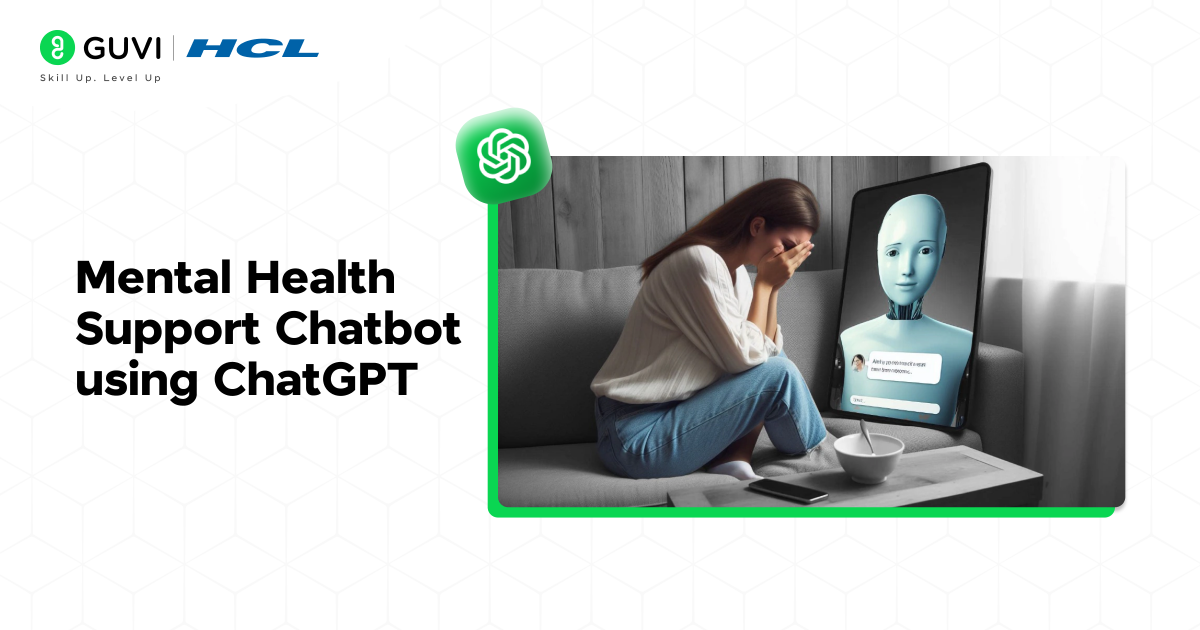
The Mental Health Support Chatbot using ChatGPT is designed to offer emotional support and mental health resources to users. It provides a safe, confidential space for individuals to express their feelings, ask for advice, and receive coping strategies for mental health issues like stress, anxiety, and depression.
Features
- Model responses should be empathetic and emotionally supporting.
- Provides mindfulness exercises and mental health tips.
- Availability of resources like articles, support groups, and therapy recommendations
- 24/7 availability for immediate assistance.
Technologies Used
- Natural Language Conversation: ChatGPT API
- Frontend: React.js, Vue.js
- Backend: Python, Node.js, Java
- Deployment: AWS, Google Cloud
7. Automated Email Assistant using ChatGPT
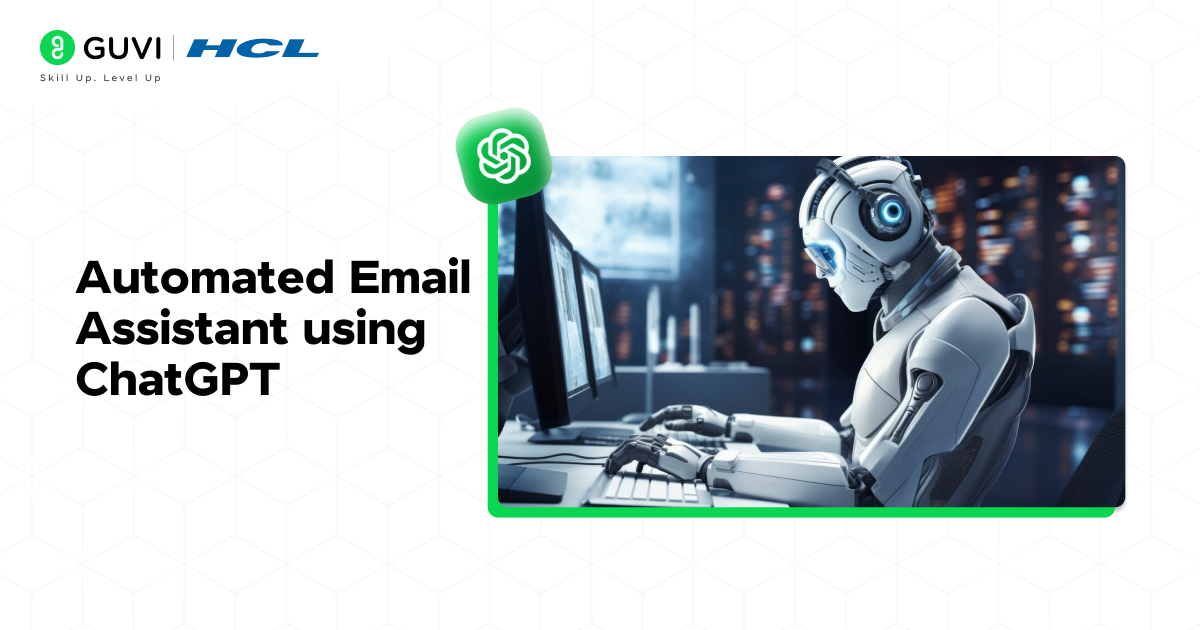
The Automated Email Assistant using ChatGPT is designed to help senders to write, and respond to emails efficiently. It generates email drafts based on user input, suggests better phrasing, and helps maintain a professional tone. It can also auto-respond to common inquiries, streamlining communication.
Features
- Email draft generation based on user input.
- Subject line suggestions and improved phrasing.
- Provides auto-response feature to frequent queries.
- It supports customizable responses based on user preferences and tone.
Technologies Used
- Content Generation: ChatGPT API
- Frontend: React.js, Angular
- Backend: Python, Node.js
- Email services: SMTP, SendGrid
Conclusion
In conclusion, all of the engineering project ideas using ChatGPT incorporate the trending technology which offers a transformative potential across various domains, from education and healthcare to customer service and beyond.
As we continue to explore engineering project ideas using ChatGPT, the integration of AI like ChatGPT in engineering projects represents a forward-looking approach that promises to redefine the landscape of technology and its applications.
FAQs
No, you don’t need to be an expert to integrate ChatGPT into your projects. While having a basic understanding of programming and APIs can be helpful, ChatGPT is designed to be user-friendly and accessible. With clear documentation and tutorials available, even beginners can get started with integrating it into their projects. As long as you have a basic understanding of how to interact with APIs and how to structure your requests, you can use ChatGPT effectively.
Absolutely! While ChatGPT is commonly used in software engineering, its capabilities extend far beyond that. It can be used in various non-software engineering projects, such as helping with documentation, creating designs or project plans, generating reports, assisting in data analysis, or even in fields like civil or mechanical engineering for automating tasks like calculations or project estimates. ChatGPT’s versatility makes it suitable for a wide range of applications across multiple disciplines.
Challenges include managing the API’s response latency, ensuring the responses’ relevance and accuracy, and handling user data’s privacy and security.
Yes, ChatGPT can be a great asset in research and development (R&D) within engineering fields. It can help by providing quick answers to technical questions, suggesting innovative solutions, brainstorming ideas, and even reviewing or summarizing research papers. Additionally, it can assist in generating code, troubleshooting issues, and offering insights into emerging trends and technologies.
Ensuring privacy when using ChatGPT in engineering projects involves steps like data anonymization to avoid sharing sensitive information, using local models or on-premise setups for sensitive tasks, securing API communications with HTTPS, and ensuring compliance with privacy regulations like GDPR or HIPAA. These practices help safeguard data and maintain confidentiality.


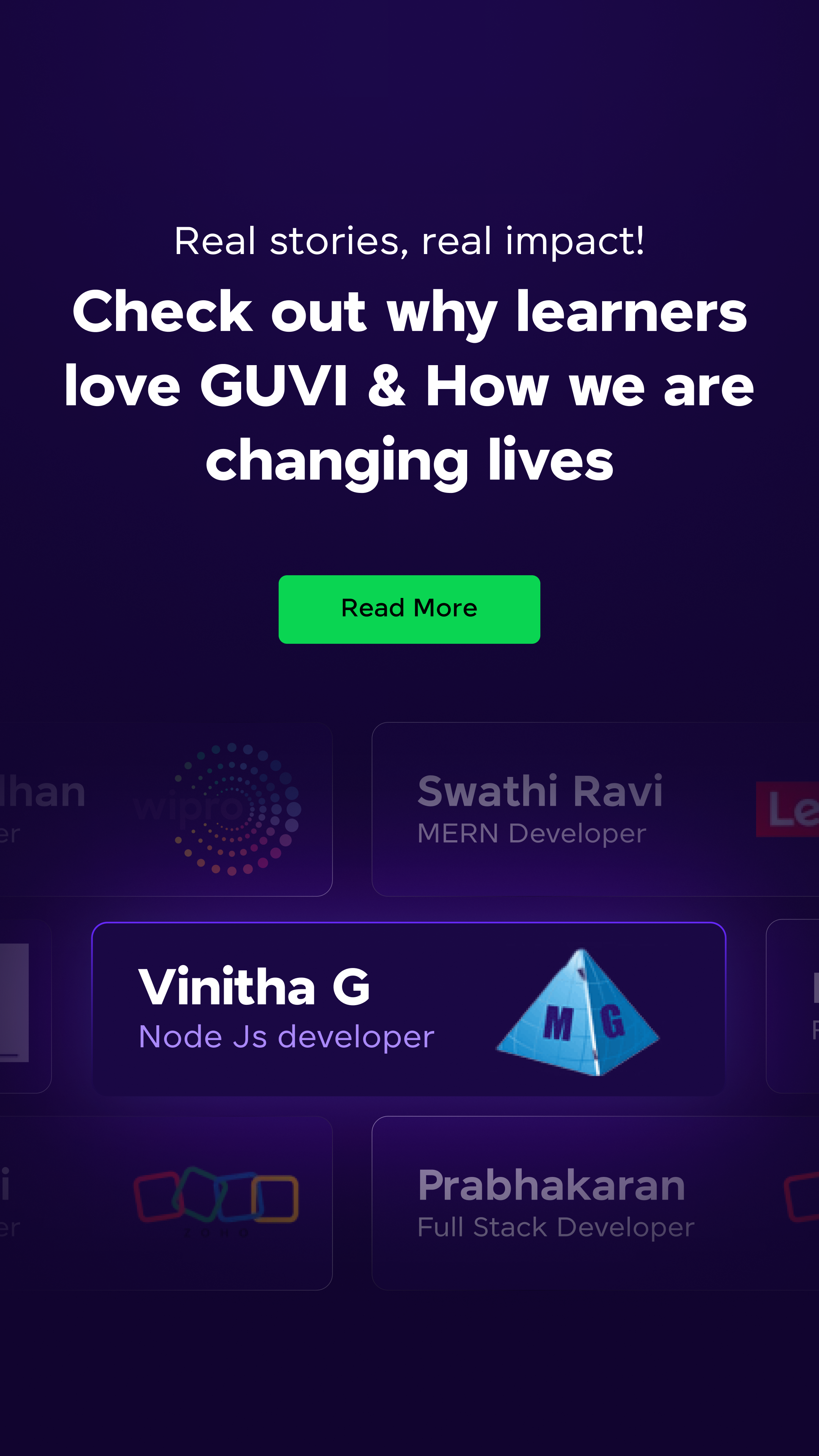


















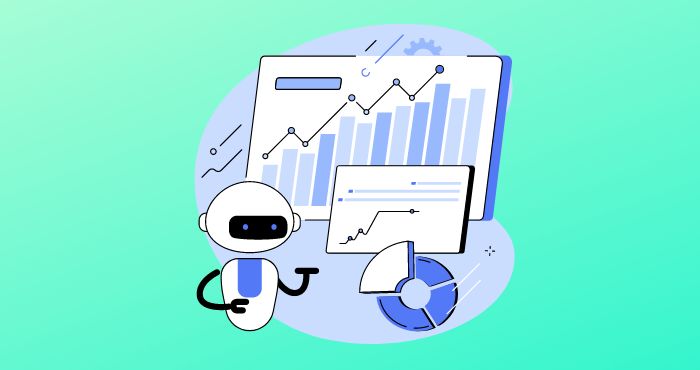


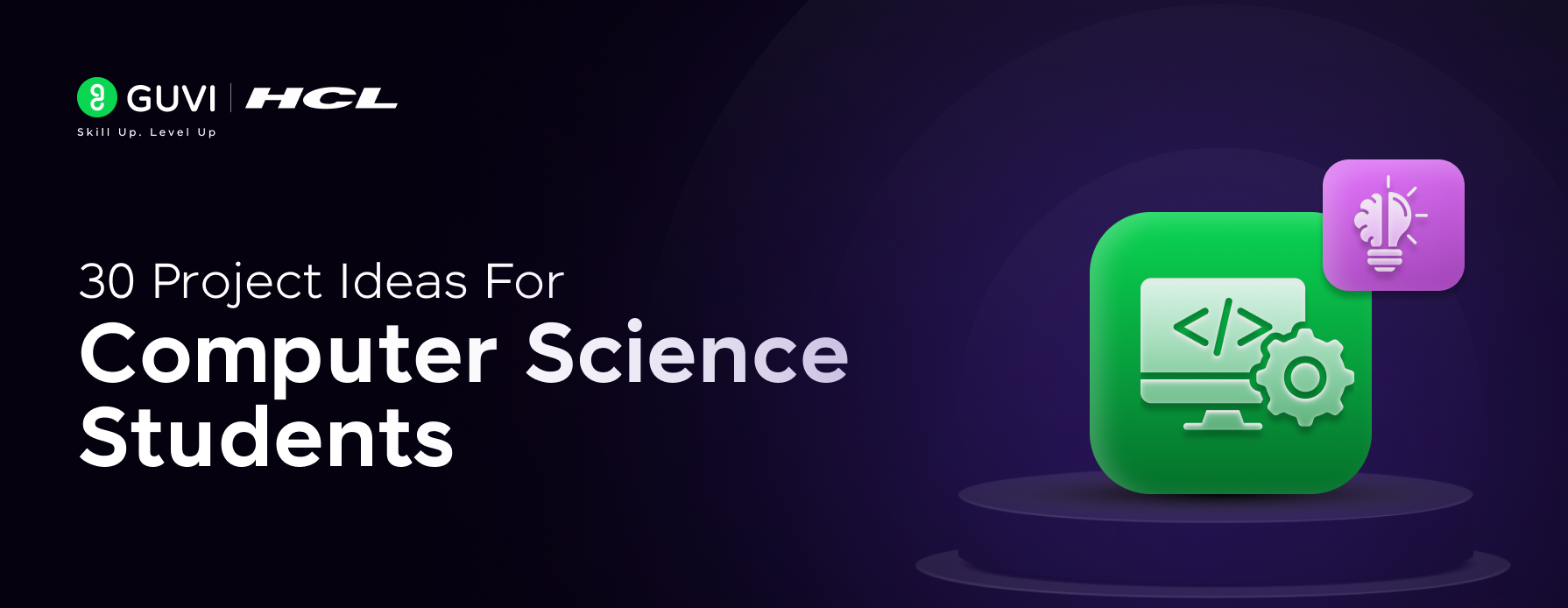
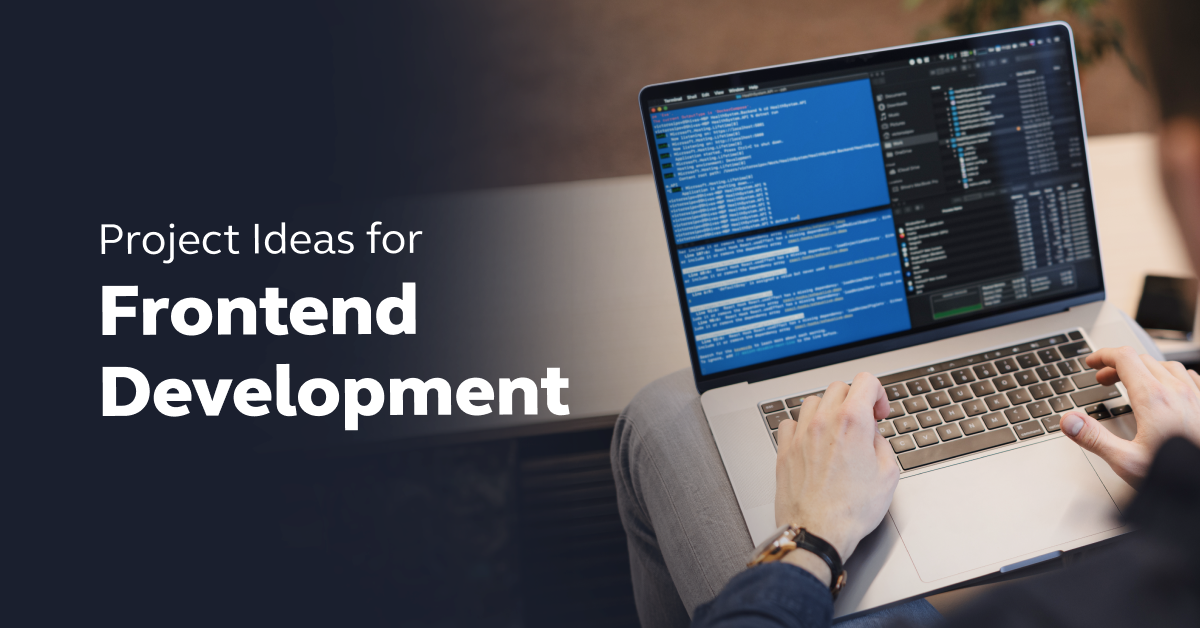
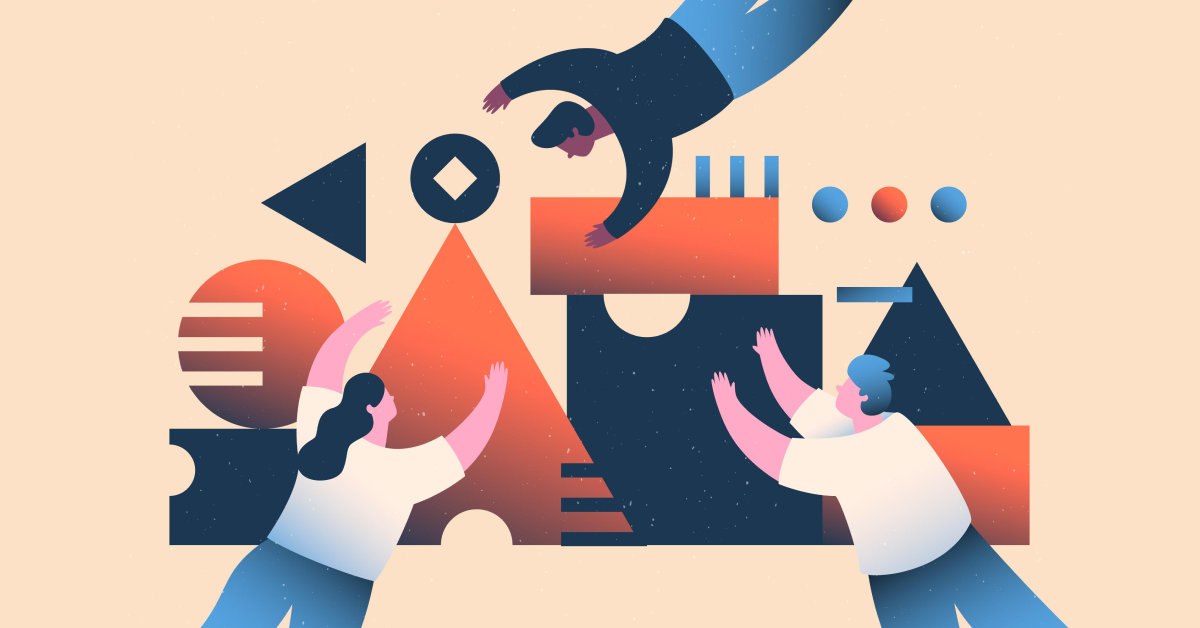
![Project-Based Learning: Smart Ideas and Important Tips To Implement It [2025] 16 Feature Image - Project-Based Learning](https://www.guvi.in/blog/wp-content/uploads/2024/05/feature_image.webp)
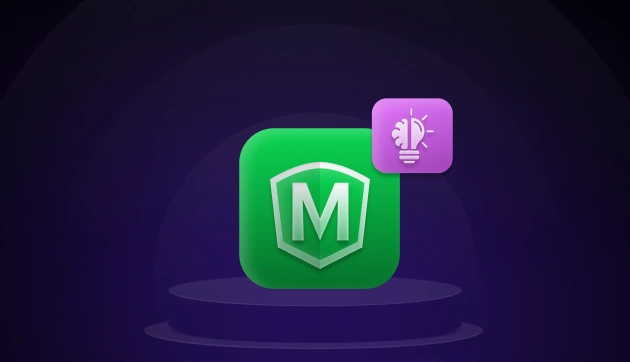
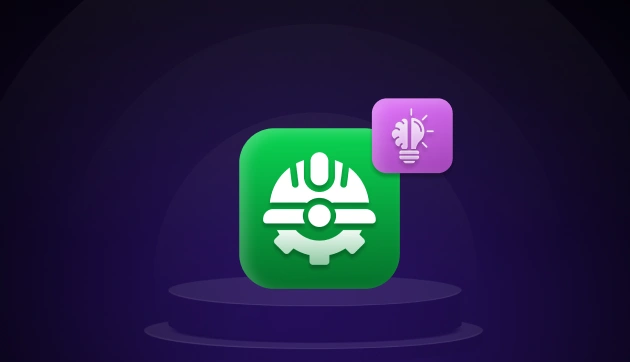

Did you enjoy this article?